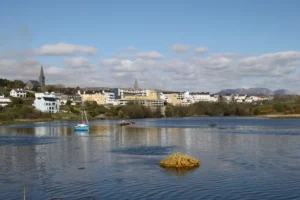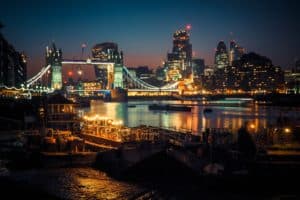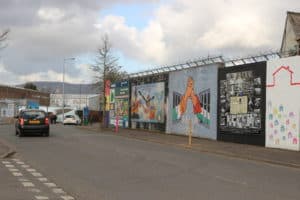Delving into the Secrets of Khan Al Khalili
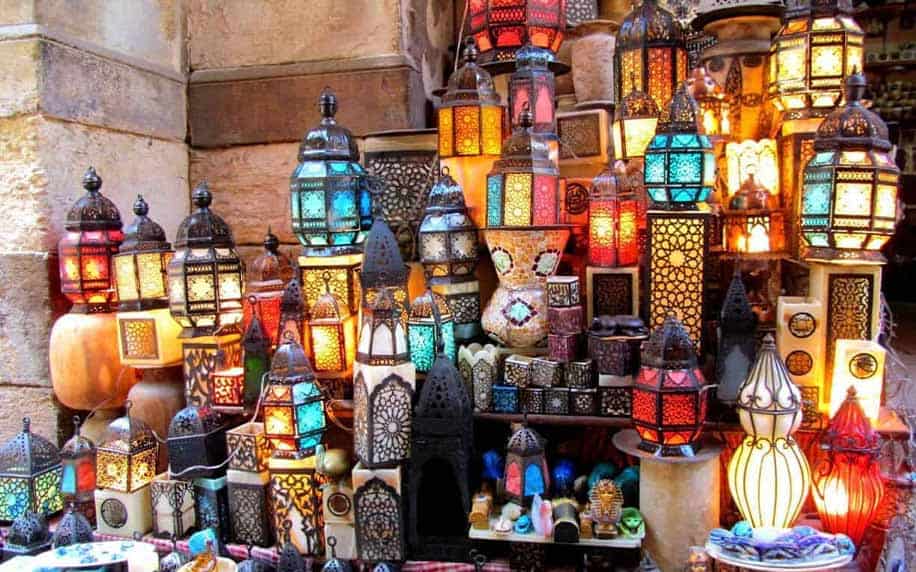
Updated On: April 07, 2024 by Salma Ihab
There are different kinds of people in this world. Some of them are pretty recognisable. In other words, spotting a travel bug is easy; those with itchy feet will always be excited to get to know new places.
We advise packing up and leaving for Cairo if you fall in this category. You surely have heard a lot about Egypt’s treasures; some places never had the same hype as others. Khan Al Khalili falls on the same list as many other places.
The name may seem a bit weird, but regardless, it is a place that you will fall in love with. Keep on reading to learn all you need to know about this significant place.
What is Khan Al Khalili?
Egypt has always been famous for its many landmarks, including the Great Pyramids of Giza, the Nile River, and the Downtown and Cairo Towers. However, few people know about the other significant places its splendid land holds within the borders.
Khan Al Khalili is one of the major local markets that Cairo holds inside one of its oldest and most significant districts, the Islamic District of Cairo.
Khan Al Khalili is a vast bazaar that attracts foreigners and Egyptians alike. It is the place where people can grab some of the best rare antiques, jewellery and souvenirs.
Nowadays, the place is crowded by Egyptians rather than foreign merchants. However, that does not change that it is still one of the most significant tourist attractions.
The place is also an assembly for multiple workshops that operate around the area, making the place one of the most important sites for the locals. Above and beyond, there are more than a few restaurants, coffee shops, and street food vendors around the area. All of them are pretty traditional and small; they offer coffee, Arabic dishes, and hookah.
One of the most prominent coffee shops around the place is El Fishawy Café. This humble café shop has been around since 1773. Interestingly, the café’s name belonged to a man, Fishawy, who used to sell coffee around the area after the afternoon prayer.
The demand grew faster than he ever imagined, so he had to open a café where he could serve his family, friends, and neighbours. Besides El Fishawy Café, there is an Al Hussien Mosque.
The Islamic District of Cairo
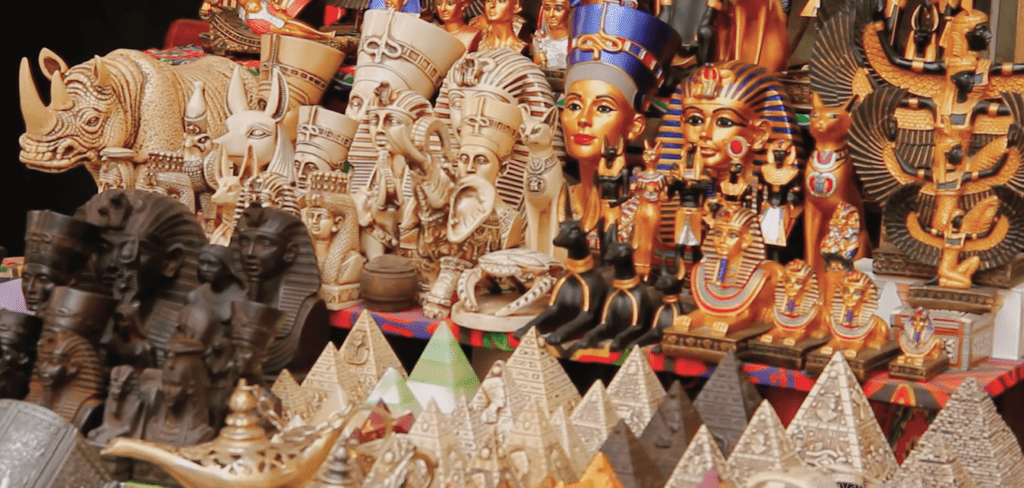
The Islamic District is the site where the Great Bazaar falls. The name dates back to the Islamic history of Egypt. It is a part of Central Cairo where multiple mosques, tombs, and mansions exist, dating back to the Islamic era.
The site is also close to the Citadel of Cairo, one of Egypt’s historical landmarks and tourist attractions. In the late 70’s, UNESCO declared this area of Historic Cairo as one of the World Cultural Heritage Sites. The reason behind that is that this area holds a significant portion of the city’s oldest Islamic history.
The History of the Place
Initially, Khan Al Khalili was not the primary market it is today. It may currently be one of the most significant landmarks in Cairo. However, it was not a place people headed to before the Islamic era impacted it.
The Saffron Tomb
It was initially the site of a known tomb called Turbat Al-Zaafraan. This name means Saffron Tomb and was because it has always been the burial site of the Fatimid caliphs. In 970 AD, a general, Jawhar Al Siqilli, seized Egypt during the Fatimid dynasty.
He also founded Cairo in the same year. During that time, the area of Khan Al Khalili was part of the complex of a palace that belonged to the Fatimid rulers, known as the Fatimid Great Eastern Palace.
Jawhar Al Siqilli, the founder of Cairo, was originally a Christian slave. But that was only until Al Moezz came along to free him from the enslavement. Jawhar was also the one who built the Al-Azhar Mosque.
The Era of Sultan Barquq
Sultan Barquq was the first Circassian Mamluk Sultan. He was in rule throughout the end period of the 14th century. During his first span of the ruling, Jaharkas al-Khalili, the Master of the Stables, set destruction upon the Fatimid cemetery, which is now Khan Al Khalili.
He did so to establish a large roadside with a large building where travellers and merchants could rest. Sultan Barquq wanted the site to lie at the heart of Cairo. Subsequently, he threw the buried bones of the old Fatimid rulers into the rubbish hills. The building the Sultan built is known as Khan in Arabic.
Despite the ravages of the Black Death, Egypt managed to be the centre of economic activity. At that time, the Khan lay in the middle of the most significant zone in Cairo. It existed where the economic activity was at its finest. This zone existed along an axis called the Qasaba, which is now Al Moezz Street. During the Mamluk period, the Qasaba held more than a few epic religious structures.
The whole district surrounding Khan Al Khalili was the foremost foreign trade centre during the 15th century. This place also included selling precious stones and slaves.
The Era of Sultan Al-Ghuri
The last important Mamluk Sultan of Egypt was Sultan Al-Ghuri. He was the one who improved the design of the entire district by altering the outline of the place. Sultan Al-Ghuri started a significant campaign of wiping out and starting the construction from scratch.
He built a large Wikala- a synonym for Khan- for himself and a religious complex. Al-Ghuri planned to bring down the original Khan building, which a guy named Al-Khalili built it, and rebuild it again. Its second construction aimed to transform it into a commercial complex with regular streets around which monumental gates lie.
The complex turned into a central bazaar where merchants sold precious goods. The area had gates the locals locked at night for security and protection. Some sources claim that the structure of the commercial complexes pretty much resembled those of the Ottoman cities. They believed so because, for the Ottoman Empire was Egypt’s only rival for the duration of all those constructions.
Al-Ghuri had other constructions within this area, including Wikala Al-Qutn, which means the building of Cotton. Parts of this building are still visible until this very day. Some of the other remaining of places include Bab Al-Ghuri and Bab Al-Badistan.
The reign of Sultan Al Ghuri was the beginning of establishing the Turkish community in Cairo. They found themselves in that area, Khan Al Khalili, during the Ottoman period and the district had always been famous for the abundance of Turkish merchants.
A Tour Around Khan Al Khalili
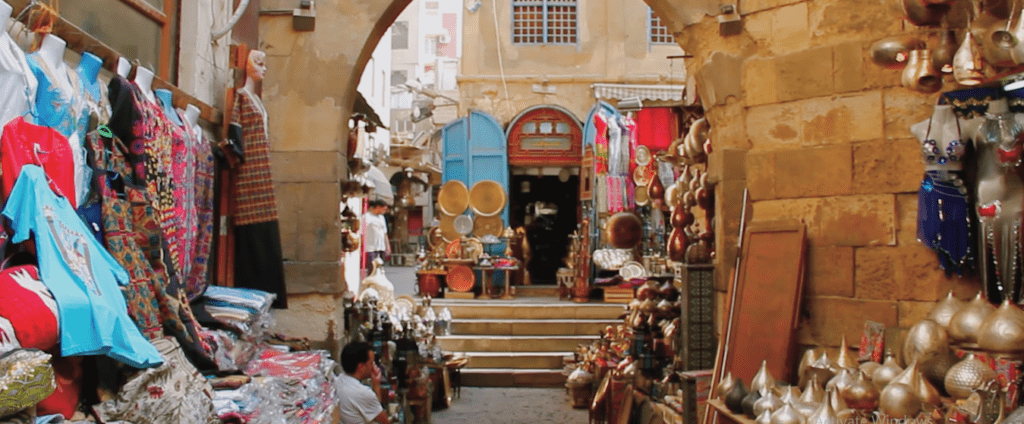
The place sounds mesmerising. Even describing it will pique your interest, and you will be keen to visit it the next time you head to Cairo. Besides, many sources have claimed that Khan Al Khalili has been the oldest bazaar in the open air ever since it came into life. To be more precise, it is the oldest one in the whole Middle East, not only Egypt.
Aside from your interest in learning about this fascinating place, there is much to do. It may be just a bazaar, but not a regular one. Khan Al Khalili is a vast market from which you can buy gifts, including clothing, jewellery, perfumes, and spices.
Above and beyond, all of the items that the shoppers there offer are of high quality. The evidence is quite evident because the market would not have survived all those years. As luck would have it, it still attracts locals and foreigners alike.
A Glimpse at the Egyptian Art
You may grab all the items you like at the magnificent bazaar, Khan Al Khalili. However, what could be of a more fabulous treasure is the fact that you’ll come in contact with the truth of the Egyptian culture.
You will also relive the old days of Egypt through the street surrounding Khan Al Khalili. Interestingly, you will also learn about the creative side of the Egyptians. The latter is because most of the items found at the bazaar are the products of local artisans.
A lot of the local artists show their talent and creativity through the making of the little souvenirs. They indeed find appreciation in what they produce because their items are usually bought by whoever passes by, be it a foreigner or a local.
The Surrounding Tourist Attractions
Khan Al Khalili exists in one of Cairo’s most prominent districts. This fact makes it not the only tourist attraction around the place. There is also Al Hussien Mosque which lies just a few kilometres away.
You would not want to miss another cultural landmark in Cairo. The mosque has existed since 154. The cemetery on which it lies belonged to the Fatimid caliphs. It is one of the holiest sites in Cairo, for it is an Islamic place that contains the world’s oldest manuscript of the Qur’an.
Have you ever visited the Khan Al Khalili? Let us know your experience in the comments below.
More Amazing Egyptian Blogs: The Pharaonic Village in Giza | Egyptian Food – Blended Cultures | Your Ultimate Egyptian Vacation | King Tutankhuman



